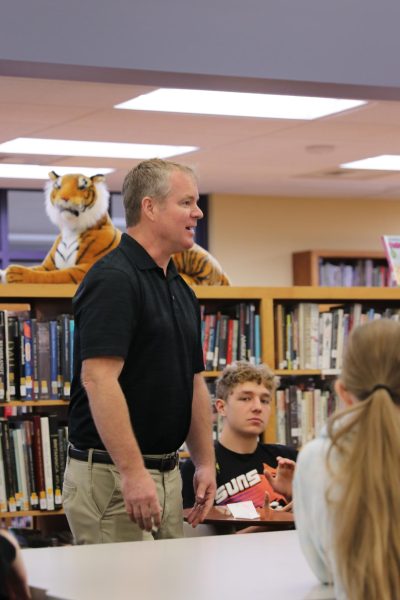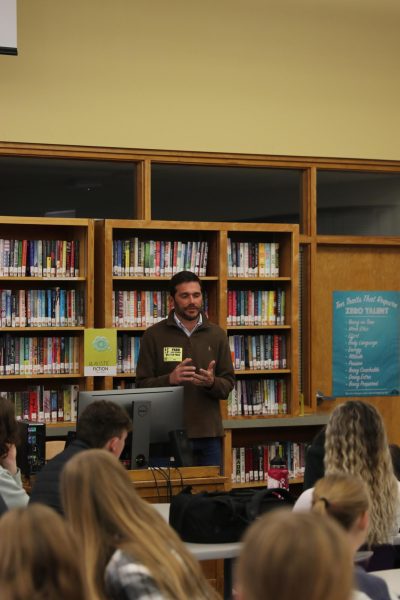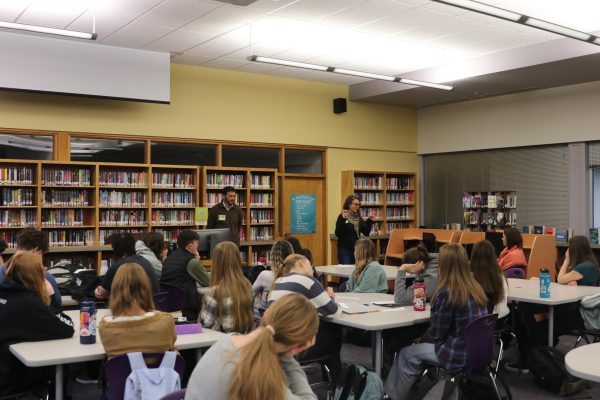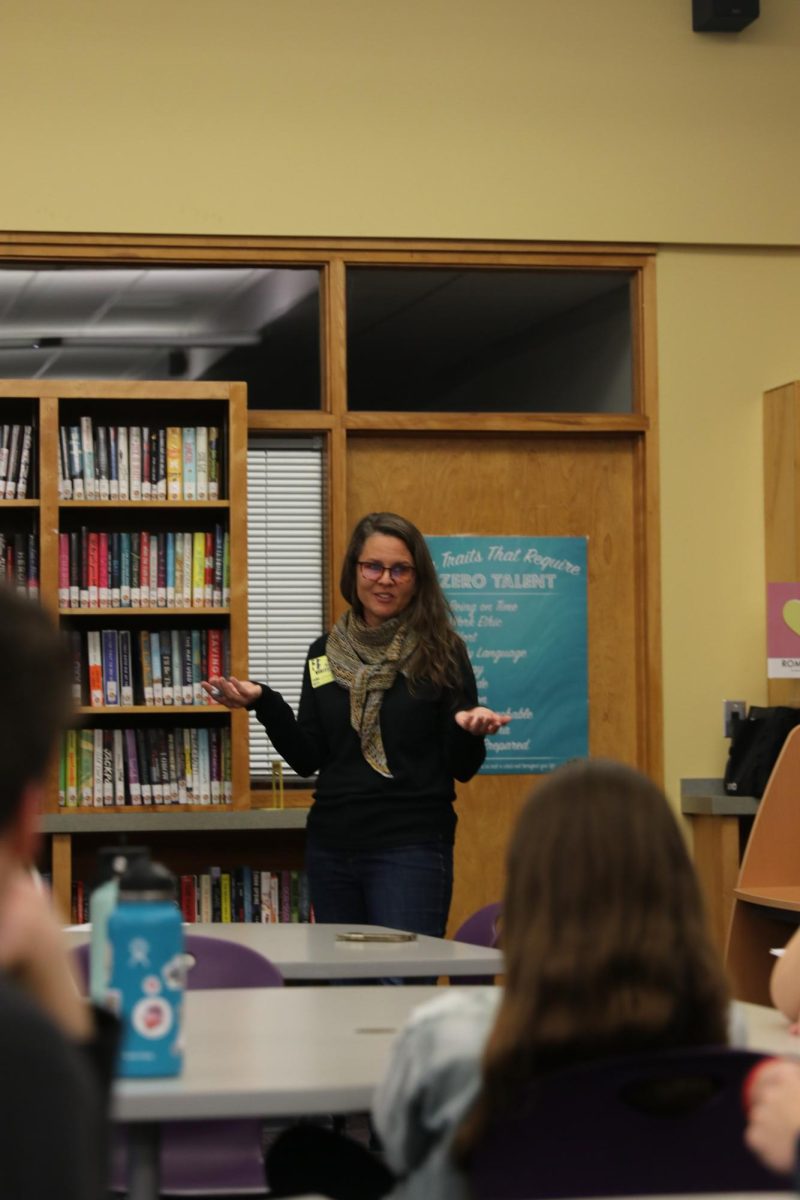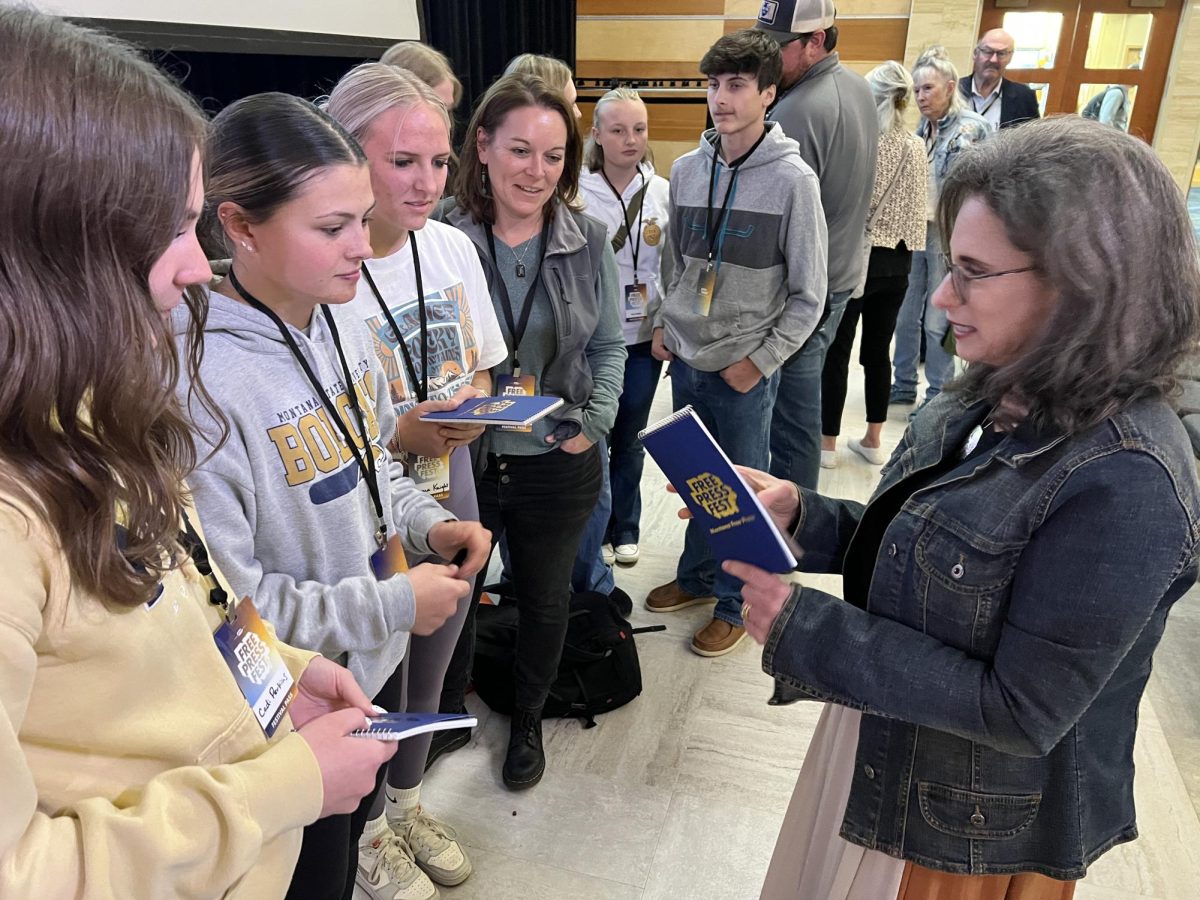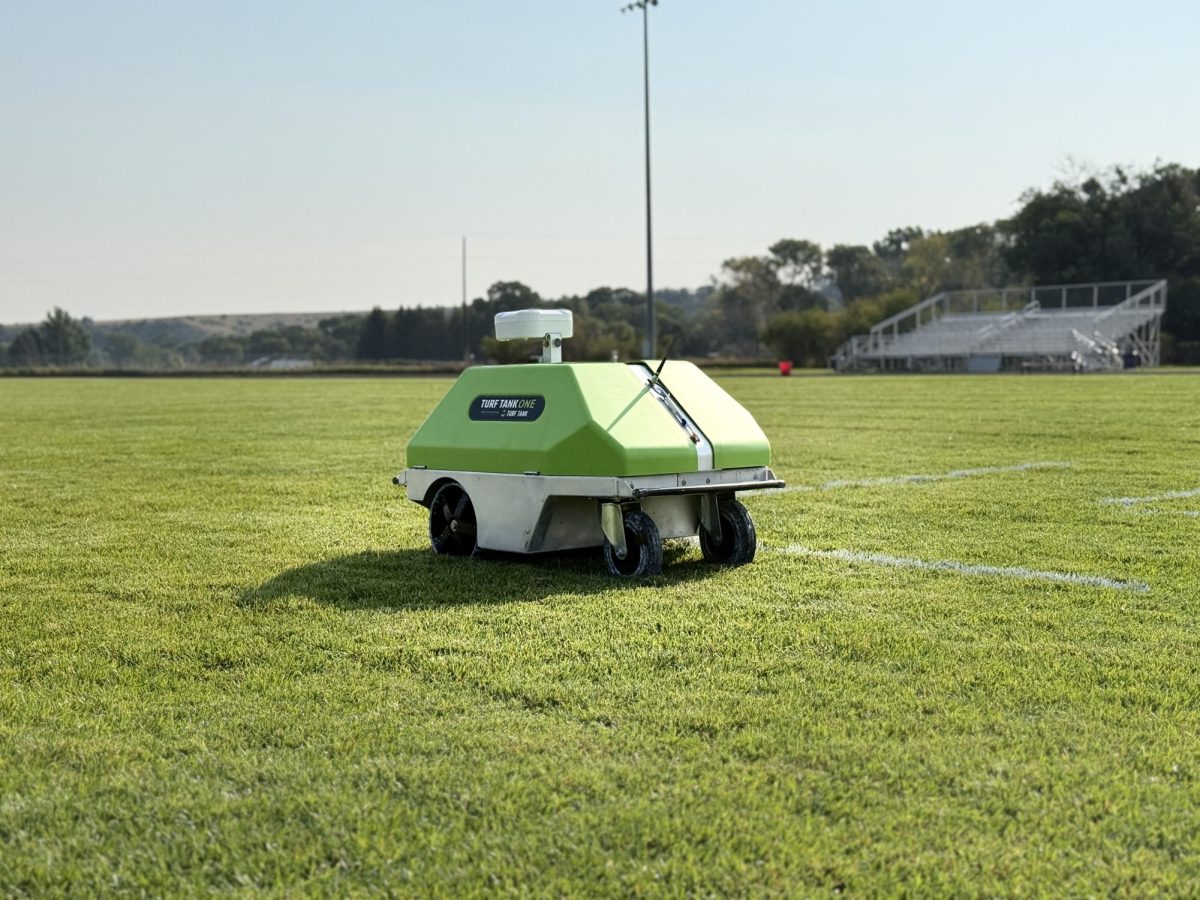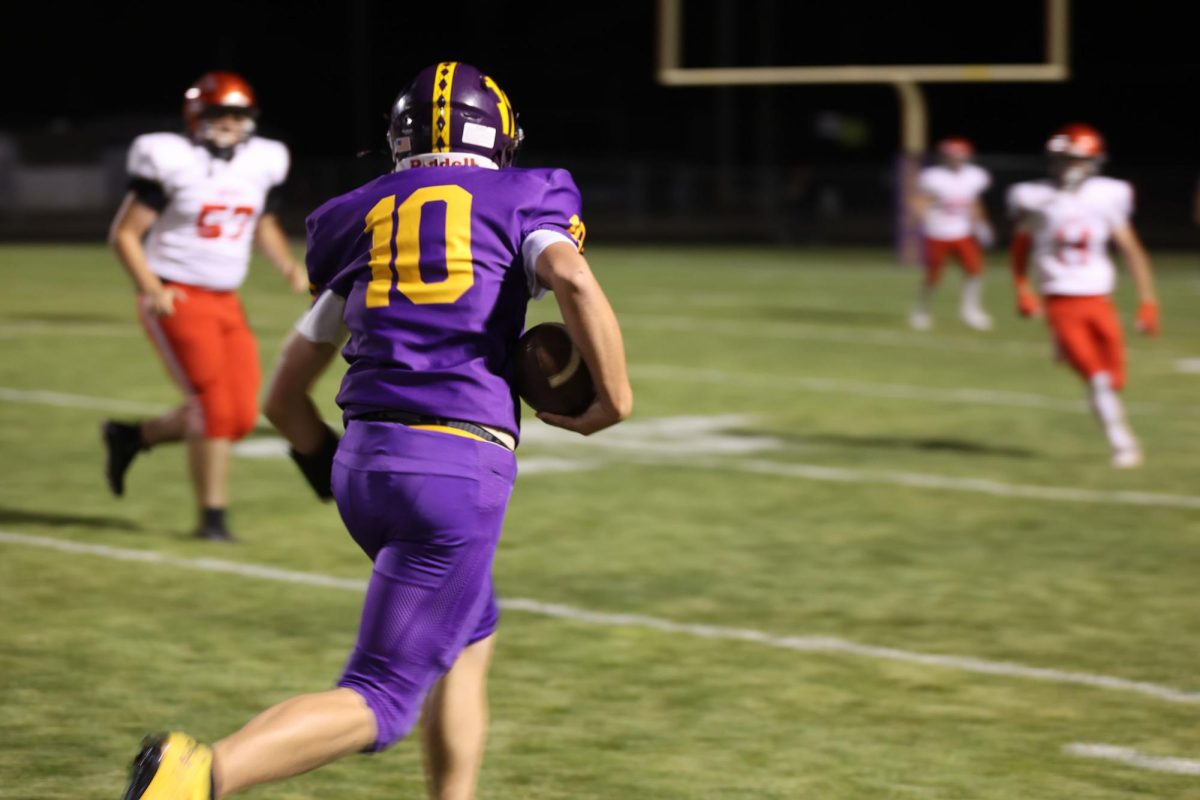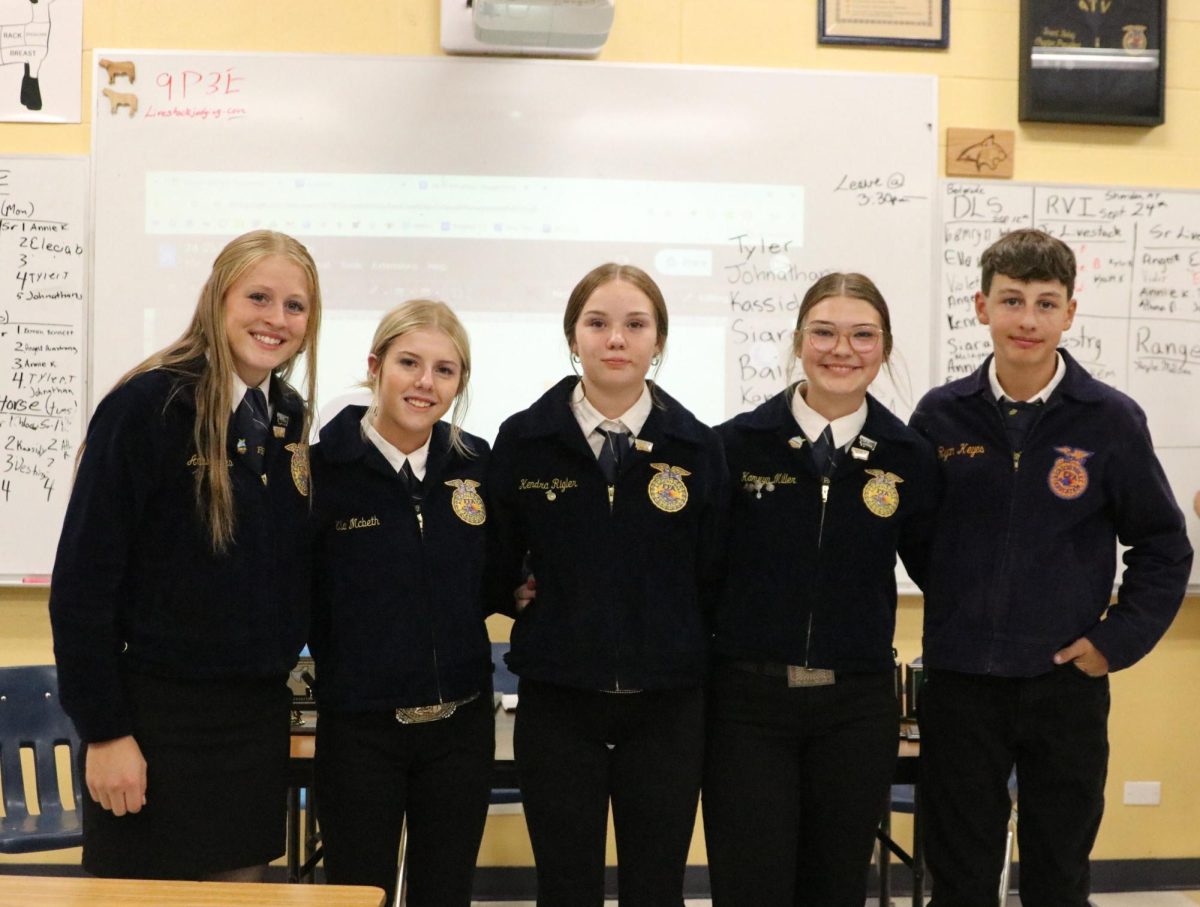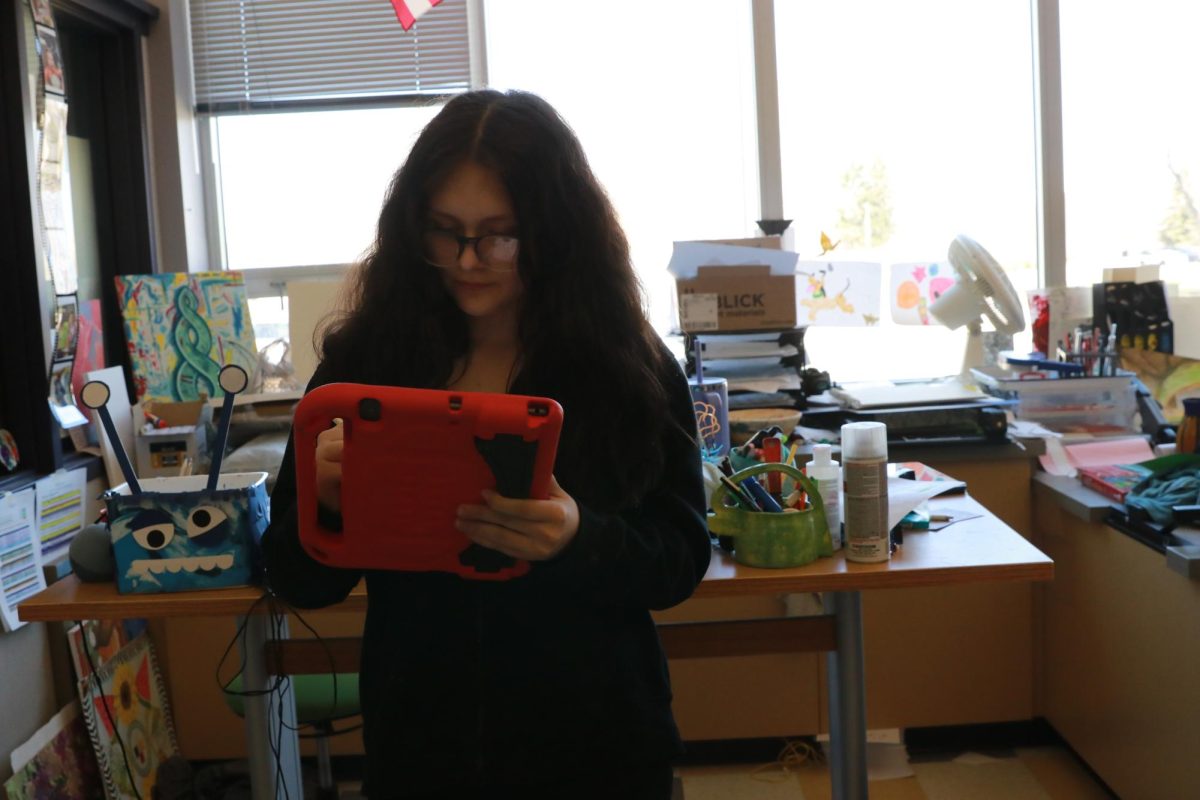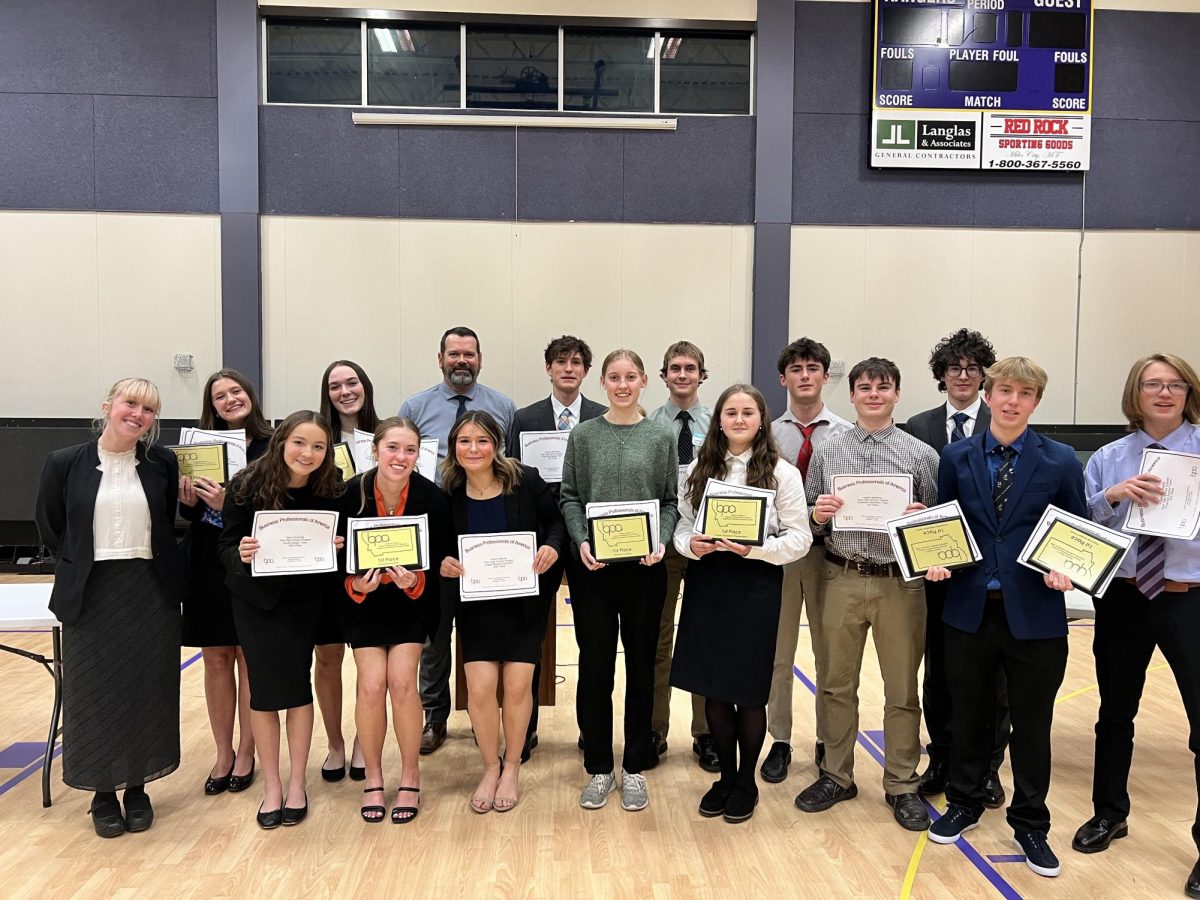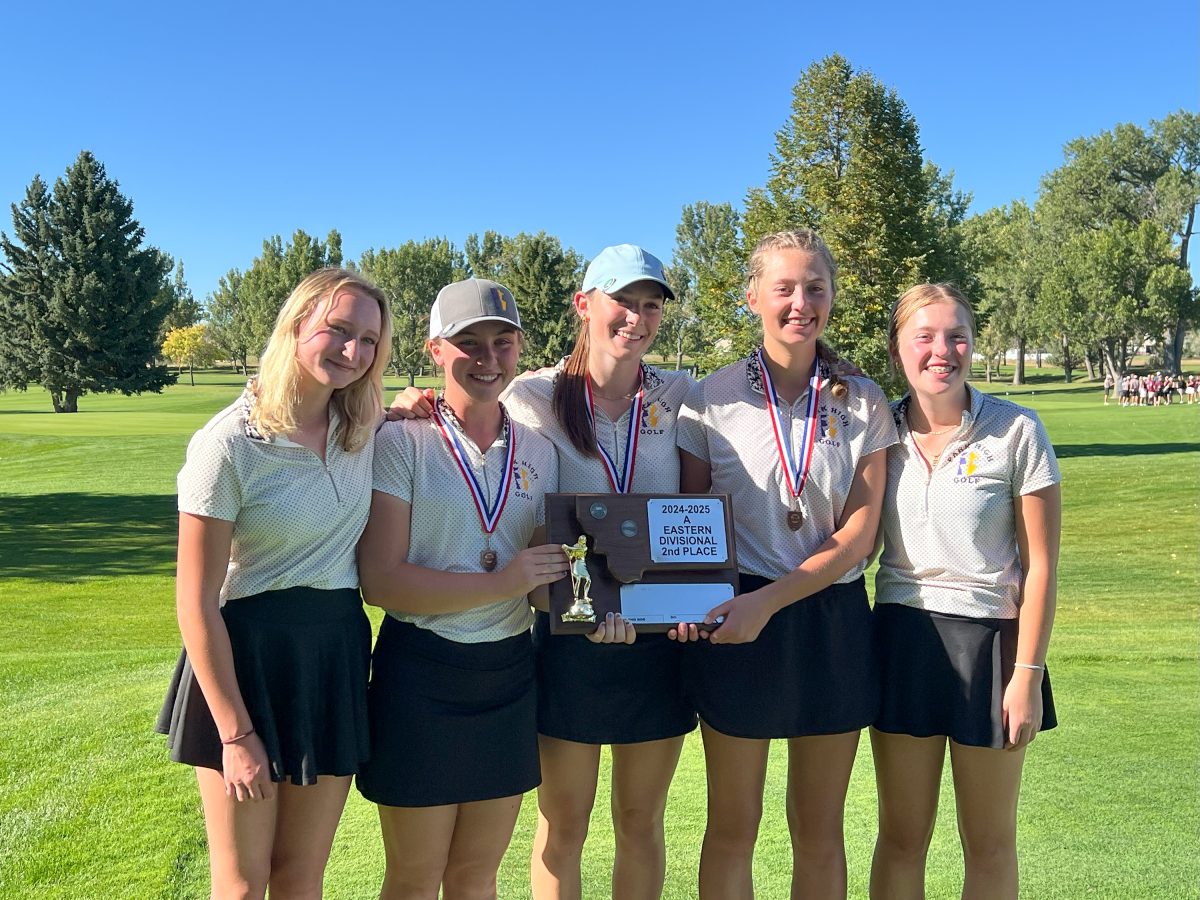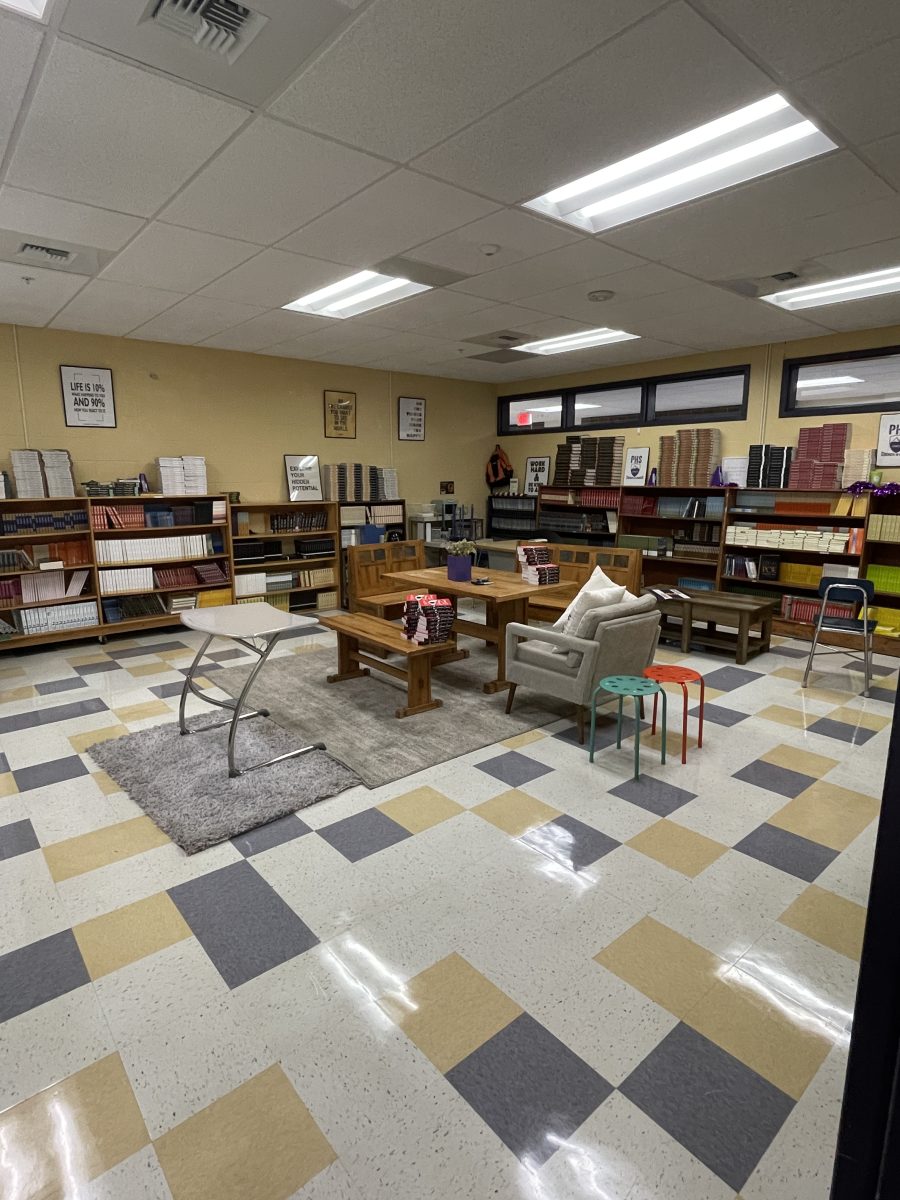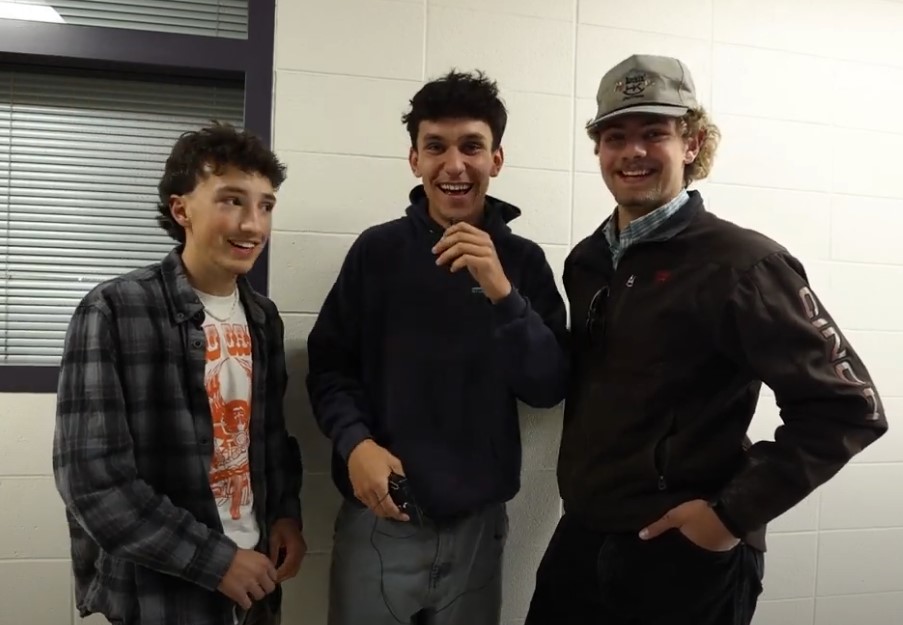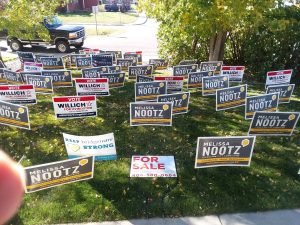
When social studies teacher Bryan Beitel woke up last Thursday morning, he looked out his front window and saw 70-80 political signs covering his front yard. “At first, I was kind of upset, but after a minute or two, I came to the realization that it was just a harmless prank,” he said. The rest of his morning was spent contacting all five city commission candidates whose signs blanketed his yard, hoping to return them to their rightful homes.
One of those candidates was Melissa Nootz, current chair of the Livingston City Commission. As the two worked together to pull the signs out of the grass, they started conversing about local government. Out of this conversation came an invitation for Nootz to visit Beitel’s government classes the next Monday morning, and she brought along City Manager Grant Gager.
“We took a negative and turned it into a positive with this event,” Beitel said.
Beitel said he talks a lot about federal politics in his senior Government class but doesn’t spend as much time on state and local. Gager explained his background in local government and how he has worked in cities large and small around the country since 2016. Recently from Ketchum, Idaho, Gager has been in Livingston for almost a year now. “Local government is a good way to impact people’s lives,” he said.
Nootz said her start in politics came from her experiences living at a Superfund site in Anaconda, Montana. She learned how to navigate the federal government’s workings to get her front yard cleaned up from hard metals contamination from the Anaconda smelter. She has been a city commissioner in Livingston for five years and is currently running for reelection to represent the Northside.
In addition to explaining how the city and county commissions work and what a city manager does, Nootz and Gager fielded questions from the senior Government classes and Carol Powalisz’s sophomore Mythology class during first period.
Senior Charlie Vermillion asked about the current status of the proposed Wellness Center in Livingston. Gager explained that the preferred site is Katie Bonnell Park on the north side of town, and over $25 million in private donations to construct the building has been pledged. However, as a condition of some of the donations, the city must fund the operations of the center, which Gager estimated to be 2.2 million per year to operate seven days a week. In August, the county commissioners voted against putting operational funding on the ballot for all members of the Park High School district in the county. Gager is currently working with the Four Ranges Foundation to figure out next steps to fund the center’s operations, perhaps fewer than seven a days a week and through a possible endowment to help fund operations.
Senior Houston Dunn asked about the possibility of an underpass or overpass from the north side of town, which Gager explained is a long and complex process that could take up to six years from planning to completion. Nootz mentioned that this was one of the key issues that motivated her to run for the commission five years ago, and she expressed optimism about the possibility of still making it happen. Gager said it’s the city’s responsibility to conduct an “alternatives analysis” to determine the best location for a crossing and to provide voters with a more informed plan before putting it on the ballot again.
Senior Savannah Burns, in the second period Government class, asked about strategies used by local government to engage the community. “A lot of my time is just listening to people,” Gager said. He also mentioned the use of newsletters, surveys, community meetings, and appearances at the Farmer’s Market. He said the city often struggles to fill seats on advisory boards and commiserated with Park High Student Council President William Tyner, who was in the audience, about the difficulty of getting people involved.
“When you figure it out, let me know,” Gager joked about strategies to get more people to attend the student council meetings.
Gager mentioned that a team of consultants will be at Park High November 16 to gather input from students about the Downtown Master Plan they are currently working on at the city level.
He said that, according to a study from Montana State University, one out of every 16 Montanans will serve in some capacity in an elected or appointed government position in their lifetime. “So out of this class, two of you will likely serve someday,” he said.
